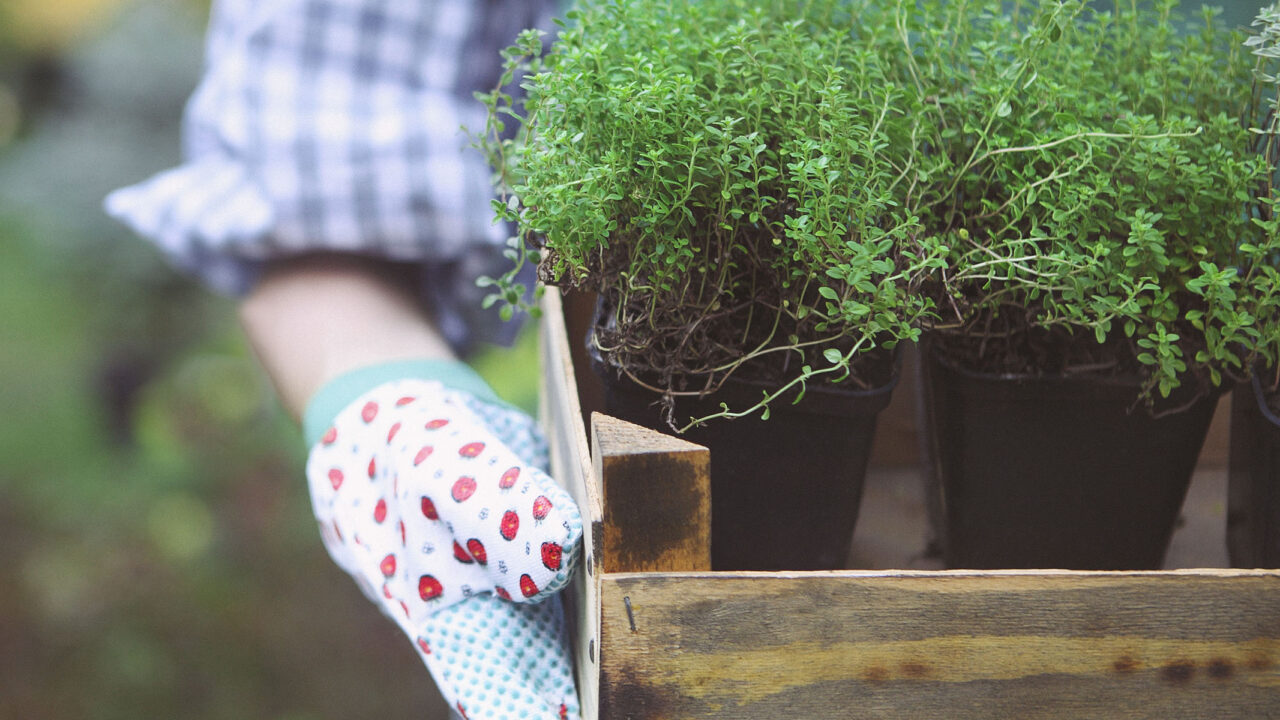Characteristics
| Hardiness zone | 8b |
|---|---|
| Flower color | white |
| Foliage type | evergreen |
| Plant form | spreading |
| Mature height | 20 feet |
| Spread | 24 inches |
| Light requirements | full sun |
| Moisture requirements | average to moist |
| Plant origin | import |
Houston's favorite garden center devoted to Texas native plants and organic gardening.
Botanical name: Solanum jasminoides ‘Aurea’
An exceptional vine offering variegated foliage of green, with irregular butter-yellow edges; perfect for climbing fences or trellises; also great trailing for containers and hanging baskets.
| Hardiness zone | 8b |
|---|---|
| Flower color | white |
| Foliage type | evergreen |
| Plant form | spreading |
| Mature height | 20 feet |
| Spread | 24 inches |
| Light requirements | full sun |
| Moisture requirements | average to moist |
| Plant origin | import |
Variegated Potato Vine is blanketed in stunning clusters of lightly-scented white star-shaped flowers with yellow eyes at the ends of the branches from mid spring to mid fall. It has attractive green foliage edged in buttery yellow with hints of grayish green. The heart-shaped leaves are highly ornamental and remain green throughout the winter. The fruit is not ornamentally significant.
Variegated Potato Vine is a multi-stemmed evergreen woody vine with a twining and trailing habit of growth. Its average texture blends into the landscape, but can be balanced by one or two finer or coarser trees or shrubs for an effective composition.
This woody vine will require occasional maintenance and upkeep, and is best pruned in late winter once the threat of extreme cold has passed. It has no significant negative characteristics.
Variegated Potato Vine is recommended for the following landscape applications;
Accent, Hedges/Screening, General Garden Use
Variegated Potato Vine will grow to be about 20 feet tall at maturity, with a spread of 24 inches. As a climbing vine, it tends to be leggy near the base and should be underplanted with low-growing facer plants. It should be planted near a fence, trellis or other landscape structure where it can be trained to grow upwards on it, or allowed to trail off a retaining wall or slope. It grows at a fast rate, and under ideal conditions can be expected to live for approximately 20 years.
This woody vine should only be grown in full sunlight. It prefers to grow in average to moist conditions, and shouldn't be allowed to dry out. It is not particular as to soil type or pH. It is somewhat tolerant of urban pollution. Consider applying a thick mulch around the root zone in winter to protect it in exposed locations or colder microclimates. This is a selected variety of a species not originally from North America, and parts of it are known to be toxic to humans and animals, so care should be exercised in planting it around children and pets.
